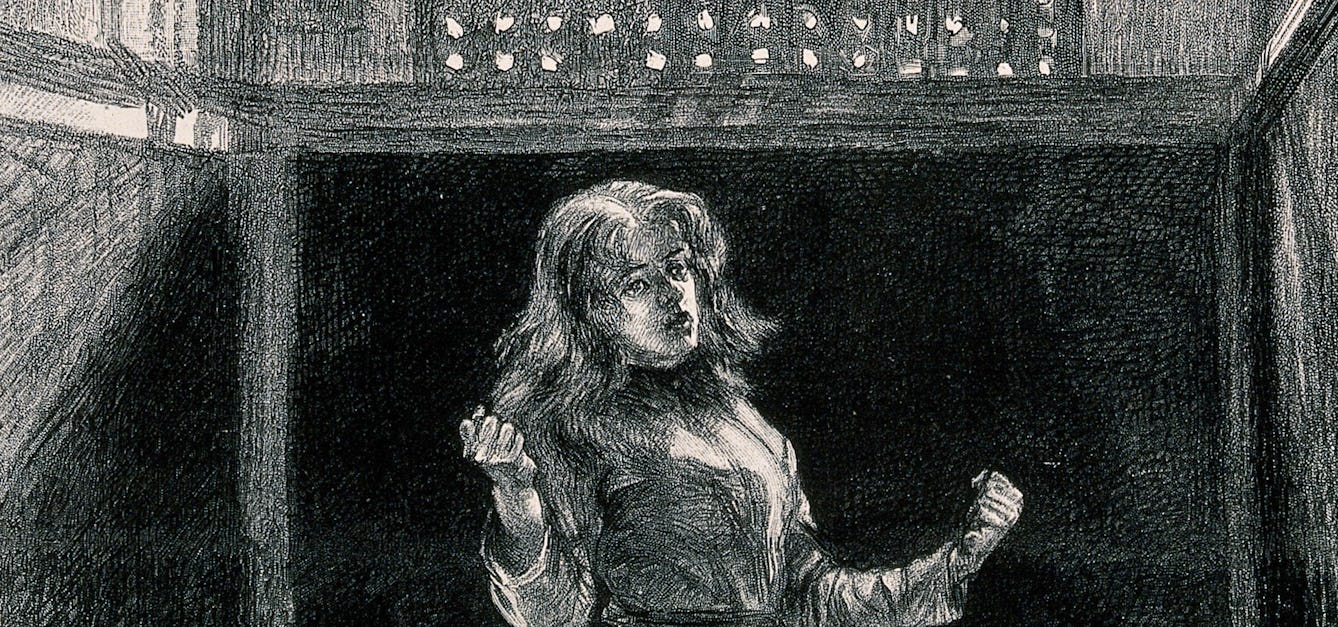Stories

- Article
Two health centres, two ideologies
Two futuristic, light-filled buildings aimed to bring forward-looking healthcare to city dwellers. But the principles behind each were very different.

- In pictures
Humans, animals and the sensory world
Artists and medics through the ages have made links between our discerning human senses and similar traits in animals. Discover how close we are to the earth’s other inhabitants.

- Article
Soil health and dairy farming in the UK
Although healthy soil means more nutritious dairy products, modern intensive farming methods pollute and degrade the environment. However, a regenerative agriculture movement is kicking back against mainstream industrial farming.

- Article
Disturbed minds and disruptive bodies
Prison officers tried to regulate women’s minds and bodies and maintain a new disciplinary routine in the second half of the 1800s.
Catalogue
- Archives and manuscripts
`Separation: reviews'
Date: 1973-1979Reference: PP/BOW/K.5/63Part of: Bowlby, (Edward) John (Mostyn) (1907-1990)- Archives and manuscripts
'Separation and loss: animals'
Date: c.1930s-1980sReference: PP/BOW/H.56Part of: Bowlby, (Edward) John (Mostyn) (1907-1990)- Archives and manuscripts
`Separation: comments and correspondence'
Date: 1973-1974Reference: PP/BOW/K.5/65Part of: Bowlby, (Edward) John (Mostyn) (1907-1990)- Archives and manuscripts
'Separation and loss: sub-primates'
Date: c.1930s-1980sReference: PP/BOW/H.62Part of: Bowlby, (Edward) John (Mostyn) (1907-1990)- Archives and manuscripts
'Separation on G.200 as 1st step'.
Date: 1965-1967Reference: PP/KEK/C.172Part of: Kekwick, Ralph Ambrose F.R.S. (1908-2000)










